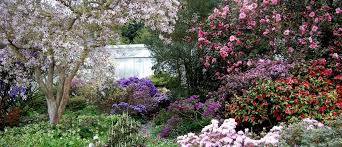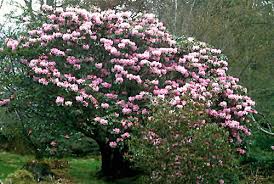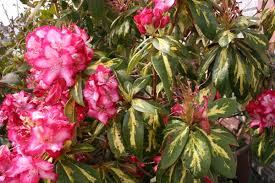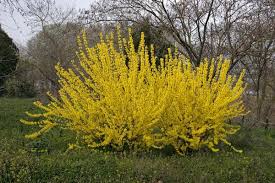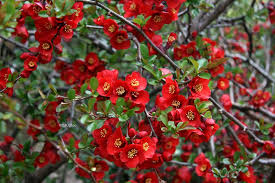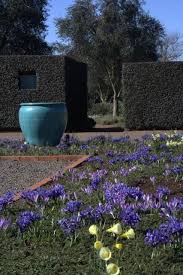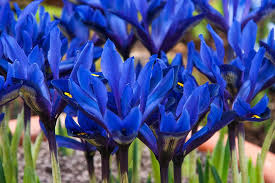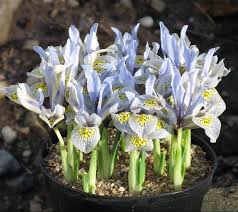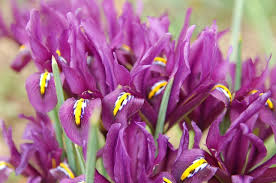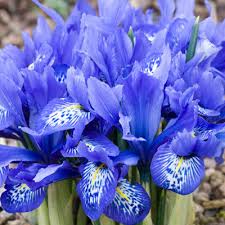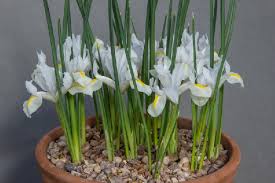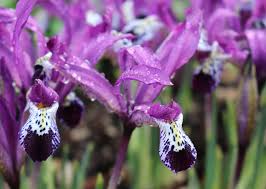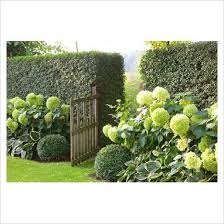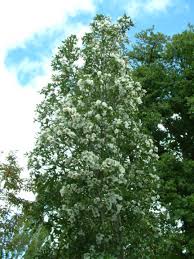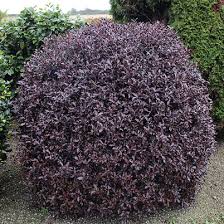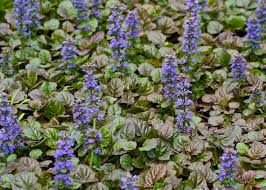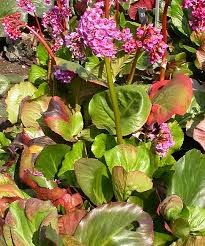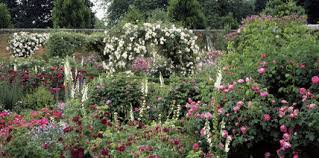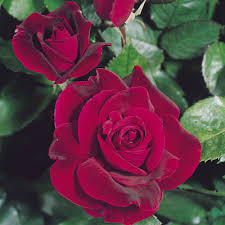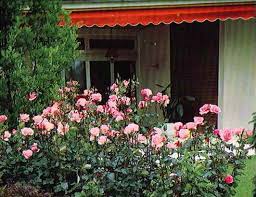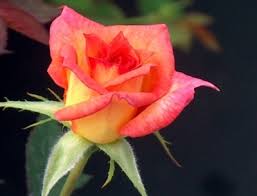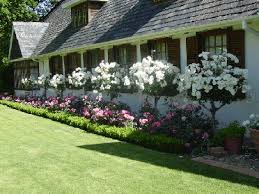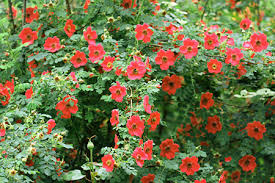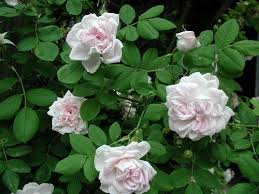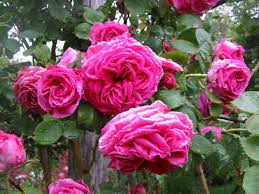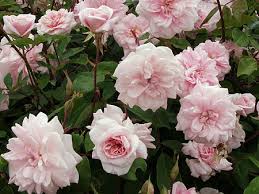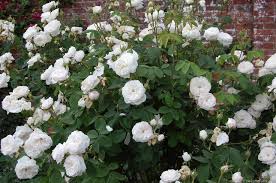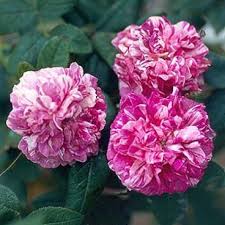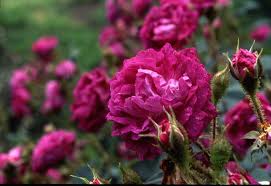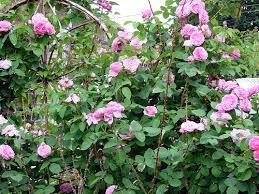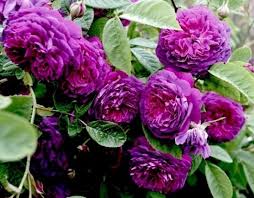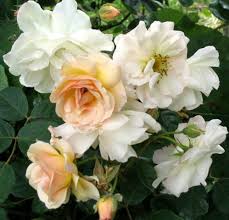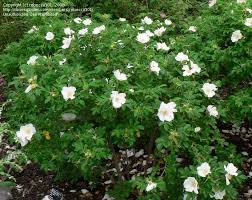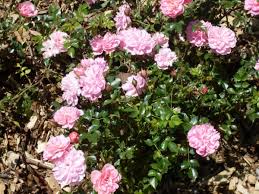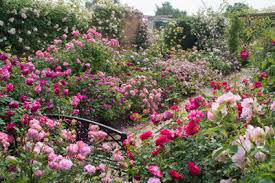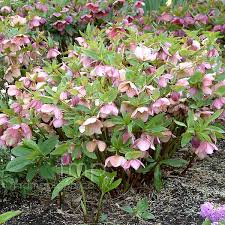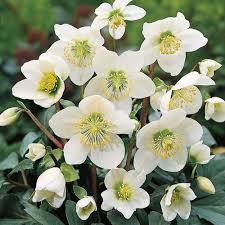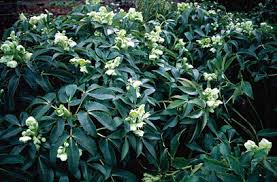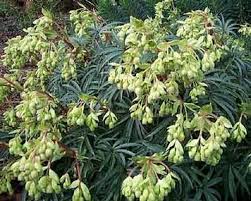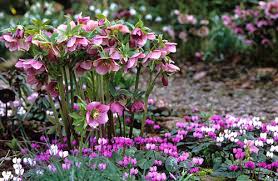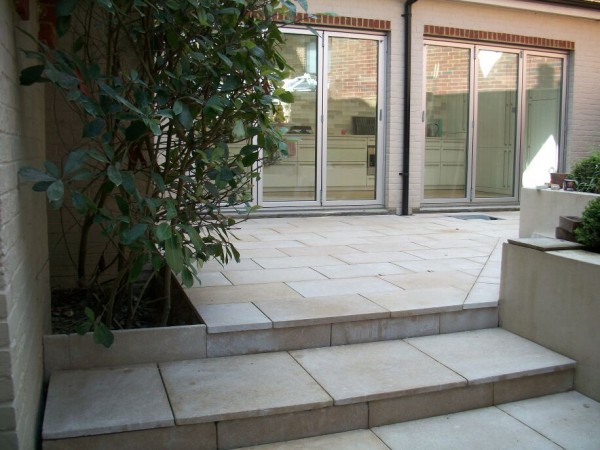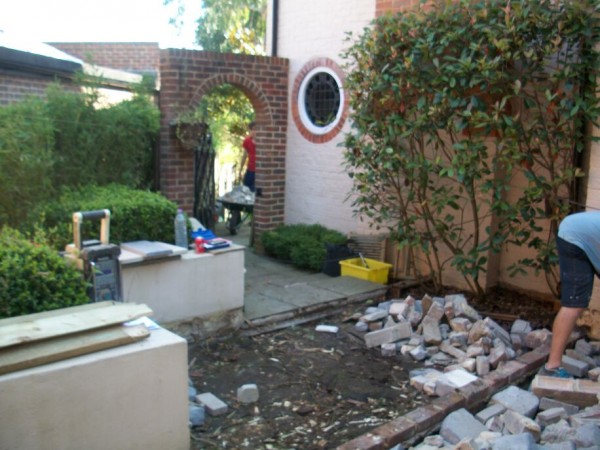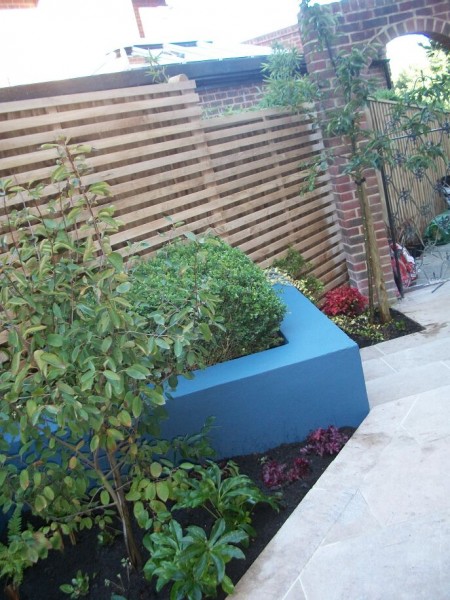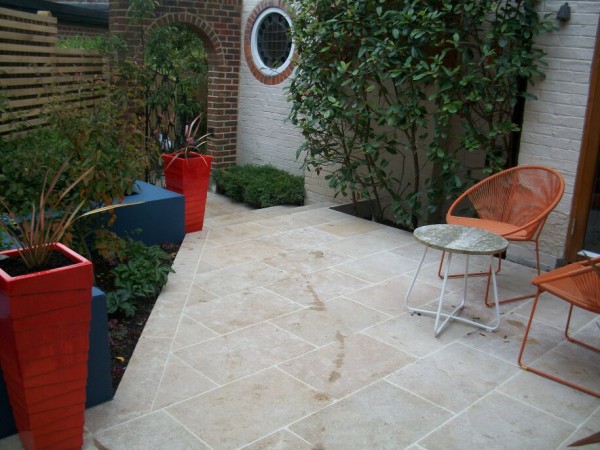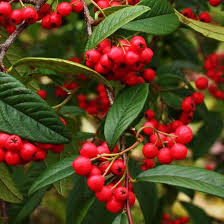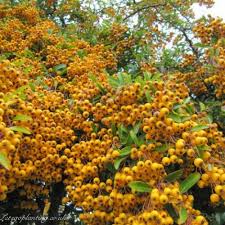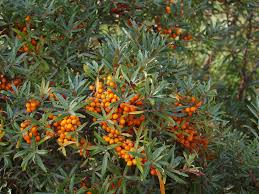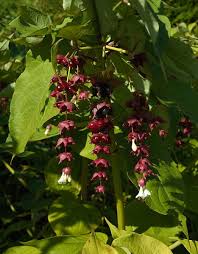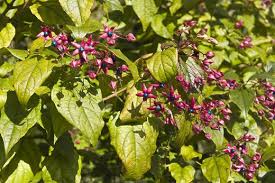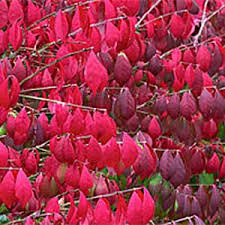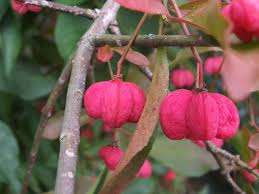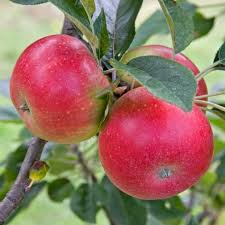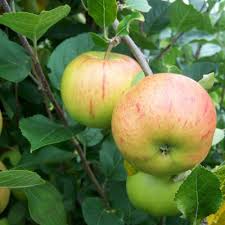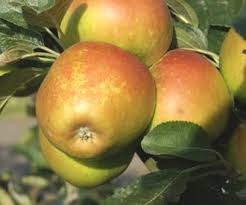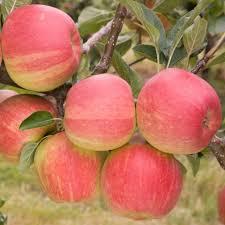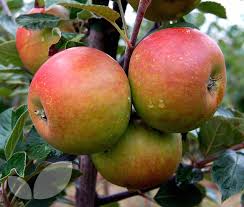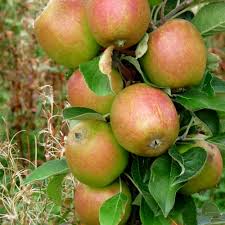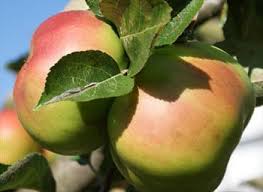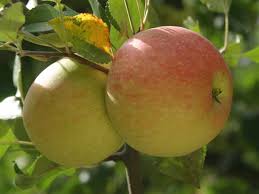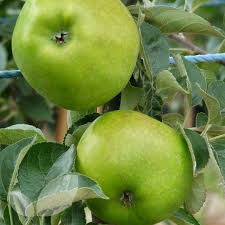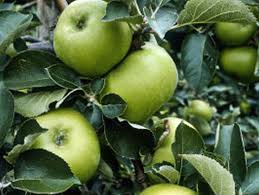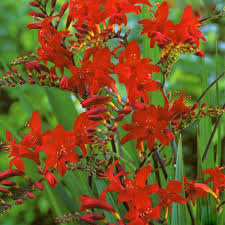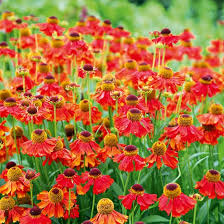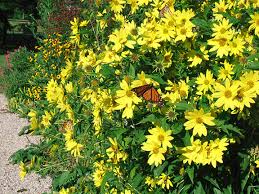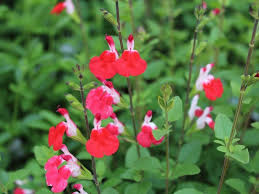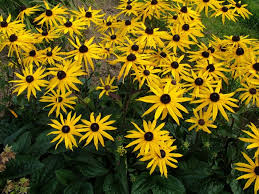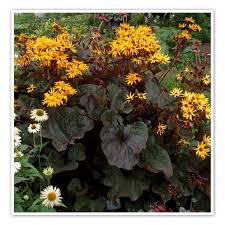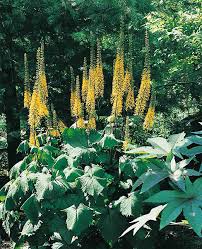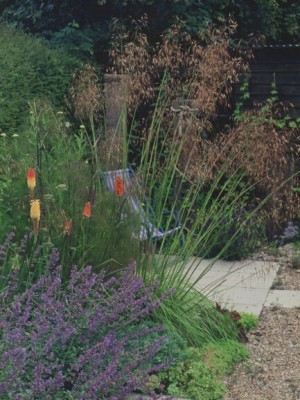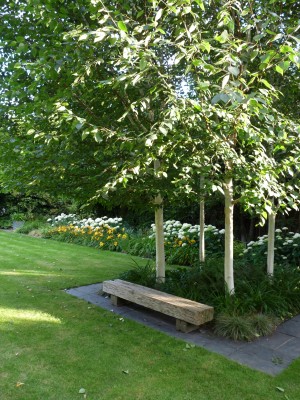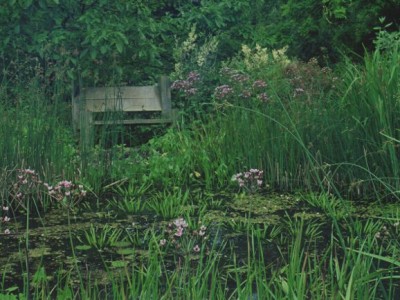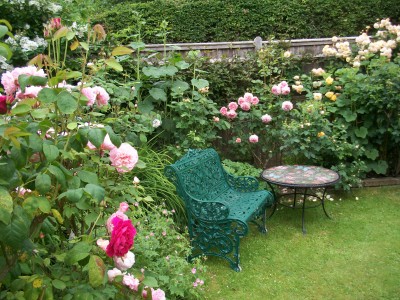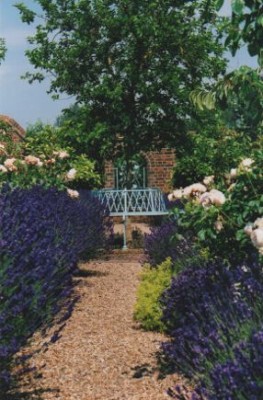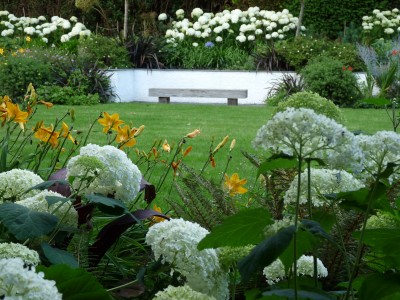
As we speed towards the longest day of the year and summer feels well under way, the vibrant greens of the spring growth give way to the exuberant pastel shades of the mixed mid-summer border. Here are a few favourites that give good depth of foliage texture and good flowering and work well together.
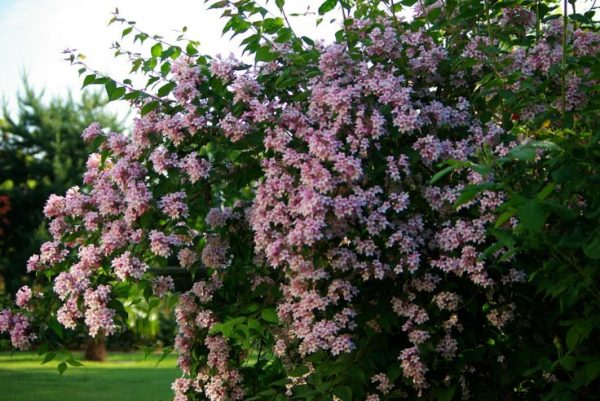
Kolkwitzia amabilis ‘Pink Cloud’
Kolkwitzia amabilis ‘Pink Cloud’ : A fine shrub that should be planted more, medium sized forming a dense mound of twiggy habit with small mid green foliage. With clusters of small bell shaped flowers in clear shell pink that cover the whole shrub giving a riot of colour are produced from late May into June. Copes well in thin dry chalk soils. Grow in full sun.
Choisya ‘Aztec Pearl’: a good medium sized shrub that adds that evergreen backing to a border. It grows well in full sun or part shade. Mound forming habit, with delicate mid green slenderly divided leaves. Clusters of white highly scented flowers are produced May/June. Will cope with most soils but not water logging.
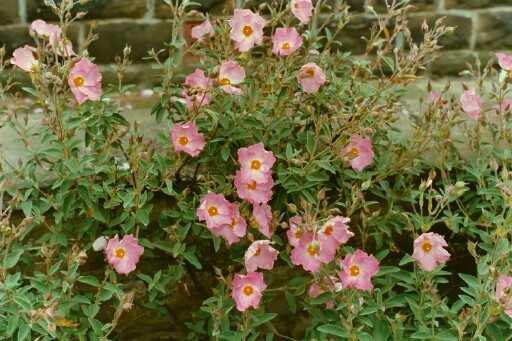
Cistus x argenteus ‘Sliver Pink’
Cistus x argenteus ‘Sliver Pink’: A small fast growing evergreen shrub with arching habit. Sliver foliage which is aromatic when brushed. A mass of papery soft pink flowers cover the shrub in late May into June. A must for the middle of the border. Full sun and free draining soils, also a good coastal plant.
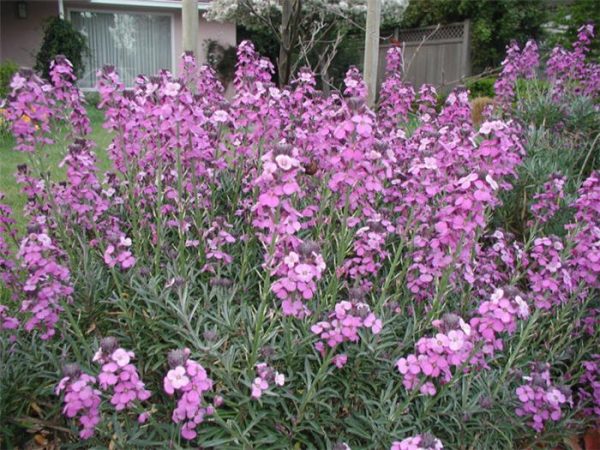
Erysimum ‘Bowles Mauve’
Erysimum ‘Bowles Mauve’: A small mounded sub-shrub, the perennial wall flower punches well above its weight. With its evergreen sliver grey foliage and long flower stems of small purple flowers which are produced from March through to the end of June. It grows well in full sun in all well draining soils.
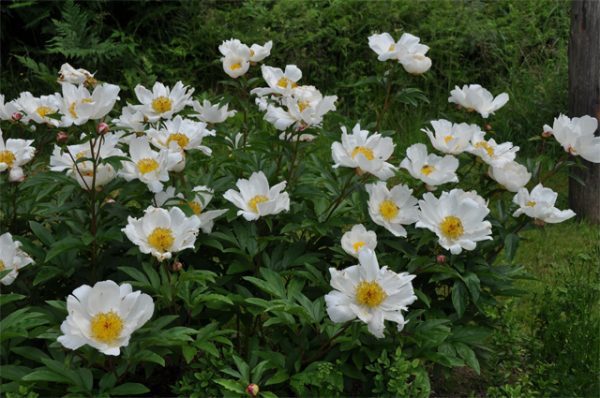
Paeonia ‘White Wings’
Paeonia ‘White Wings’: This herbaceous Paeonia adds a touch of class to the middle of the boarder with classic dark green palmate foliage. The large saucer shaped single flowers have delicate papery white petals and a mass of golden yellow stamens at their centre. Flowering end of May and into June. All free draining soils.
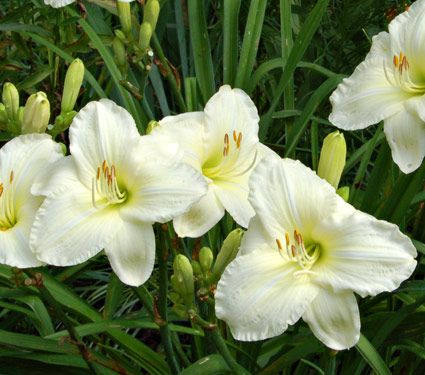
Hemerocalis ‘Joan Senior’
Hemerocallis ‘Joan Senior’: A wonderful medium height herbaceous perennial. Swords of mid green foliage make a great edging plant to the front of the border. Stems of flowers rise above the foliage, with white semi-ruffled edged flowers with a deep green throat. The flowers are produced in secession in clusters at the top of the stems and flowers for most of June.
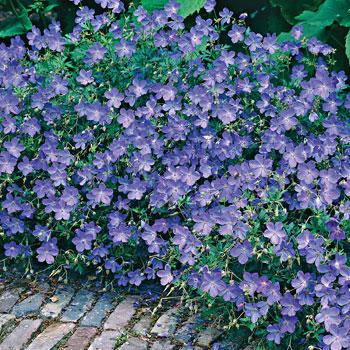
Geranium ‘Johnston’s Blue’
Geranium ‘Johnston’s Blue’: a superb low growing mound forming ground cover geranium. Which has mid-green divided foliage and clear blue/purple flowers produced in abundance from mid May to mid June. Shear the dead flower heads off for later flowerings. Great to plant as ground cover around the edges of larger shrubs or as a planting along the front edge of the border. Likes full sun but will cope with a bit of shade and grows well in all free draining soils.
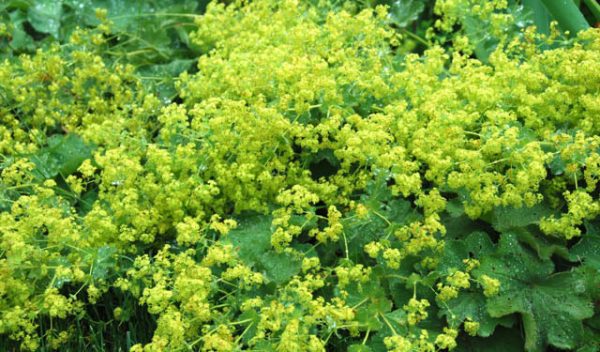
Alchimilla mollis
Alchemilla mollis: no mid-summer planting scheme would be complete with out this self seeding ground cover plant. The pea-green rounded gently palmate leaves catch early morning dew and look stunning. Drifts of sulphur green tiny flowers are held above the leaf clumps from June into late July. A good sun loving ground cover plant. All well drained soils.
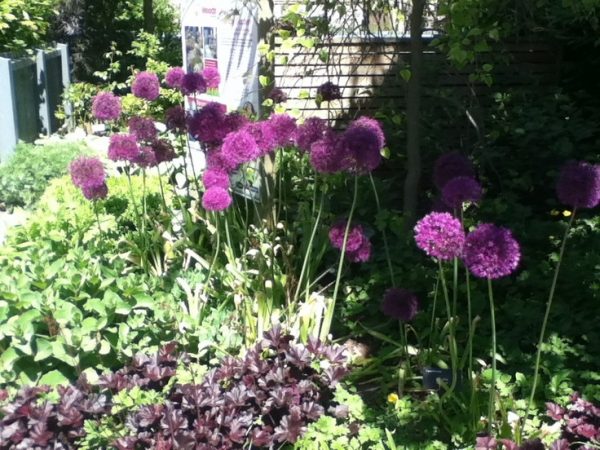
Allium hollandicum ‘Purple Sensation’
Allium hollandicum ‘Purple Sensation’: Bulbs are not all about early spring. Mid May and into early June this handsome member of the onion family adds a sticking appearance to the mid-summer border. Round globes of dark purple flowers are held on 70/90cm high stems and they glide well above the lower planting in the middle of the boarder.
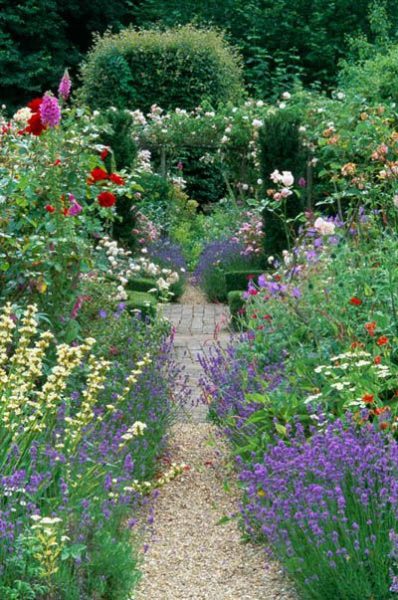
A border in full mid summer bloom.
I hope these ideas have inspired you to get the best out of your mid-summer planting if you need help to create a new planting area or to revitalise an existing tired border then I am the woman for you. Please do give me a ring to discuss planting ideas and planting plans. Telephone Emily on 01273 470753.

